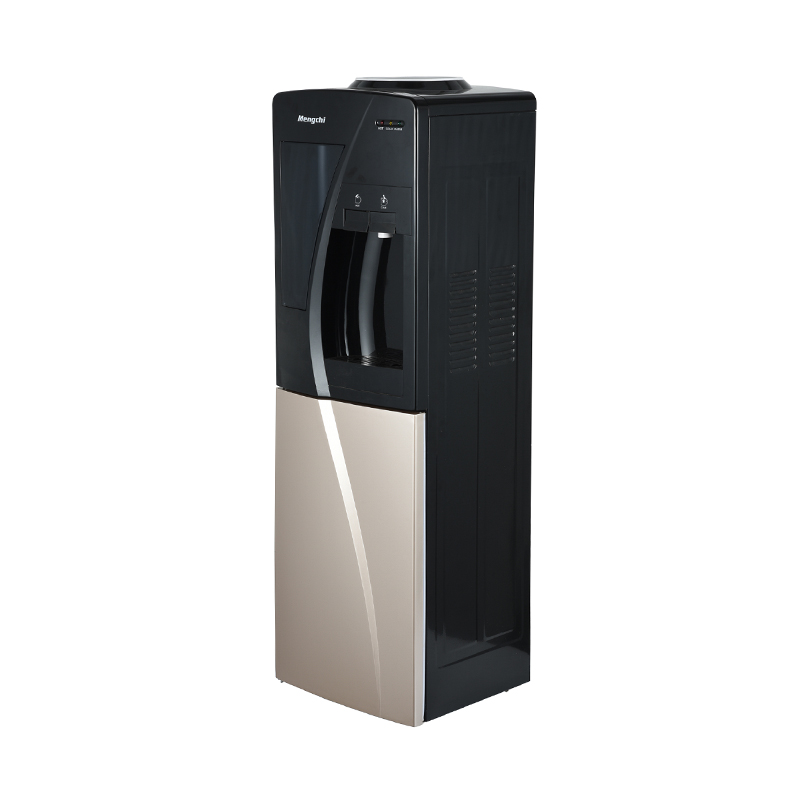The refrigerant circulation of the chest freezer is achieved through a closed refrigeration system, which consists of four main components: compressor, condenser, expansion valve and evaporator.
Compressor:
The refrigeration cycle begins in the compressor. At this stage, the refrigerant enters the compressor at low temperature and low pressure. The compressor is the "engine" of the refrigeration system, and its task is to compress the refrigerant into high-temperature and high-pressure gas. Through compression, the distance between the molecules of the refrigerant decreases, causing an increase in temperature and pressure.
Condenser:
The high-temperature and high-pressure refrigerant then flows into the condenser. The condenser is usually located at the back or bottom of the freezer and is a radiator. Here, the refrigerant releases heat, which is dissipated through the radiator surface into the surrounding air. This causes the refrigerant to change from gas to liquid state, maintaining high pressure.
Expansion Valve:
The condensed high-pressure liquid enters the evaporator through the expansion valve. The expansion valve is a compact throttling device that reduces the pressure and temperature of the refrigerant. This step causes the refrigerant to expand rapidly, creating a low-temperature and low-pressure state.
Evaporator:
The evaporator is a component inside the freezer, usually located on or around the walls of the freezer. The refrigerant passes through a series of tubes or coils inside the evaporator, which is where the refrigerant absorbs heat. When the refrigerant flows through the evaporator, it changes from a liquid state to a gas state, absorbing heat in the evaporator, thereby cooling the air and food in the freezer.
The cycle repeats:
The refrigerant returns to the compressor in a gaseous state, completing the entire refrigeration cycle. This cycle is repeated continuously, maintaining the low temperature environment in the freezer by continuously absorbing and releasing heat.











